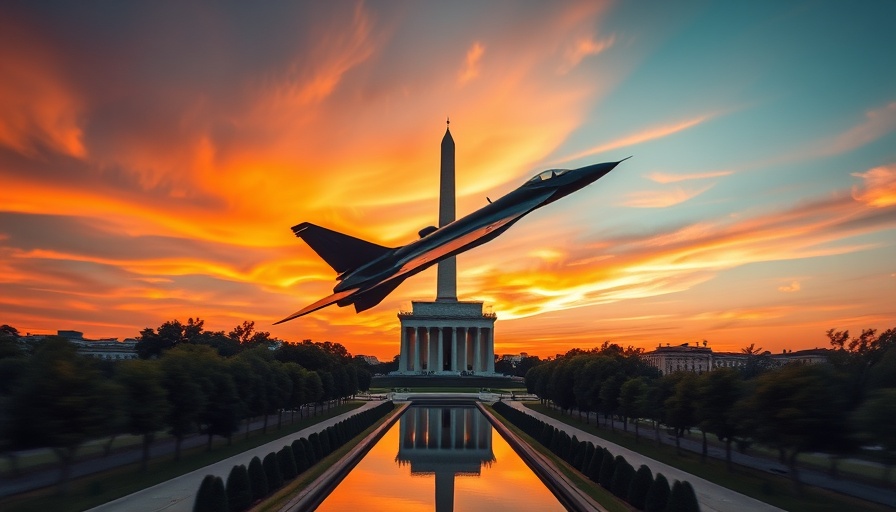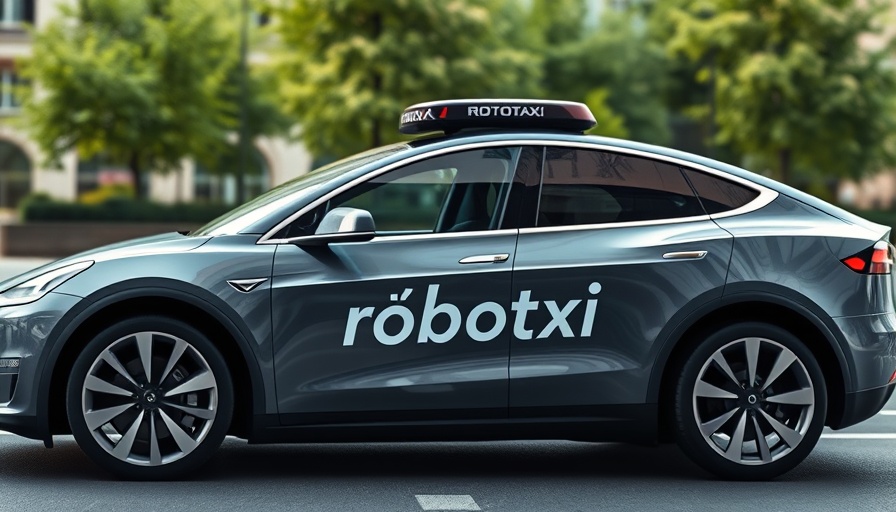
Transforming Air Travel with Supersonic Flight
In a groundbreaking move, President Donald Trump has signed an executive order that lifts a 52-year ban on supersonic flight over U.S. soil, igniting a new era for air travel innovation. This landmark decision, revealed on June 6, 2025, directs the Federal Aviation Administration (FAA) to establish new noise-based certification standards, allowing supersonic travel as long as it does not produce audible sonic booms over land. With this shift in policy, the commercial development of supersonic flights could significantly accelerate, especially for companies like Boom Supersonic, which recently made headlines with its XB-1 demonstrator breaking the sound barrier over the continental U.S.
The Future of Fast Air Travel
Blake Scholl, the CEO of Boom Supersonic, enthusiastically responded to the news, stating, "The sound barrier was never physical — it was regulatory." This sentiment reflects a common belief among industry experts that unlocking the potential of supersonic travel could enable shorter flight times and enhance connectivity among major cities. With ongoing discussions in Congress to support this initiative through bipartisan legislation, travelers may soon experience the luxury of quicker transcontinental flights.
Beyond Supersonic: A Wave of Aviation Innovations
President Trump’s executive order comes alongside two additional directives aimed at fostering the future of flight. One order emphasizes the need to speed up drone commercialization, while another will oversee the development of electric vertical takeoff vehicles (eVTOLs). The growing interest in eVTOLs and drones reflects a broader trend towards innovative air transportation solutions that blend convenience with sustainability, addressing both urban transportation challenges and environmental concerns.
Exploring the Impacts of Emerging Technologies
Technology enthusiasts often look to significant policy changes as key indicators of industry direction. The embrace of supersonic travel and other aviation advancements underscores a pivotal moment for aviation technology, echoing the sentiments within the broader narrative of cutting-edge innovations like AI integration and electric vehicles. As we progress into 2025 and beyond, staying abreast of such disruptive innovations will be crucial for understanding future tech industries.
Why This Matters to Tech-Savvy Travelers and Innovators
This policy shift is not merely a victory for aeronautics; it represents a step into a future where air travel may soon become faster, more efficient, and environmentally conscious. Tech enthusiasts and professionals must remain informed about these developments, as they could redefine transportation norms and catalyze a range of applications—from advanced flight technologies to robotic automation in logistics.
Take Action: Be Part of the Future of Flight
The landscape of aviation is changing. As Brazil's electric jet company and various startups venture into this newly favorable regulatory environment, it’s imperative for interested individuals and budding entrepreneurs to engage with these developments. Consider staying connected with innovations in aviation and participate in discussions and forums. It's time to take flight with future technologies.
 Add Row
Add Row  Add
Add 




 Add Row
Add Row  Add
Add 



Write A Comment